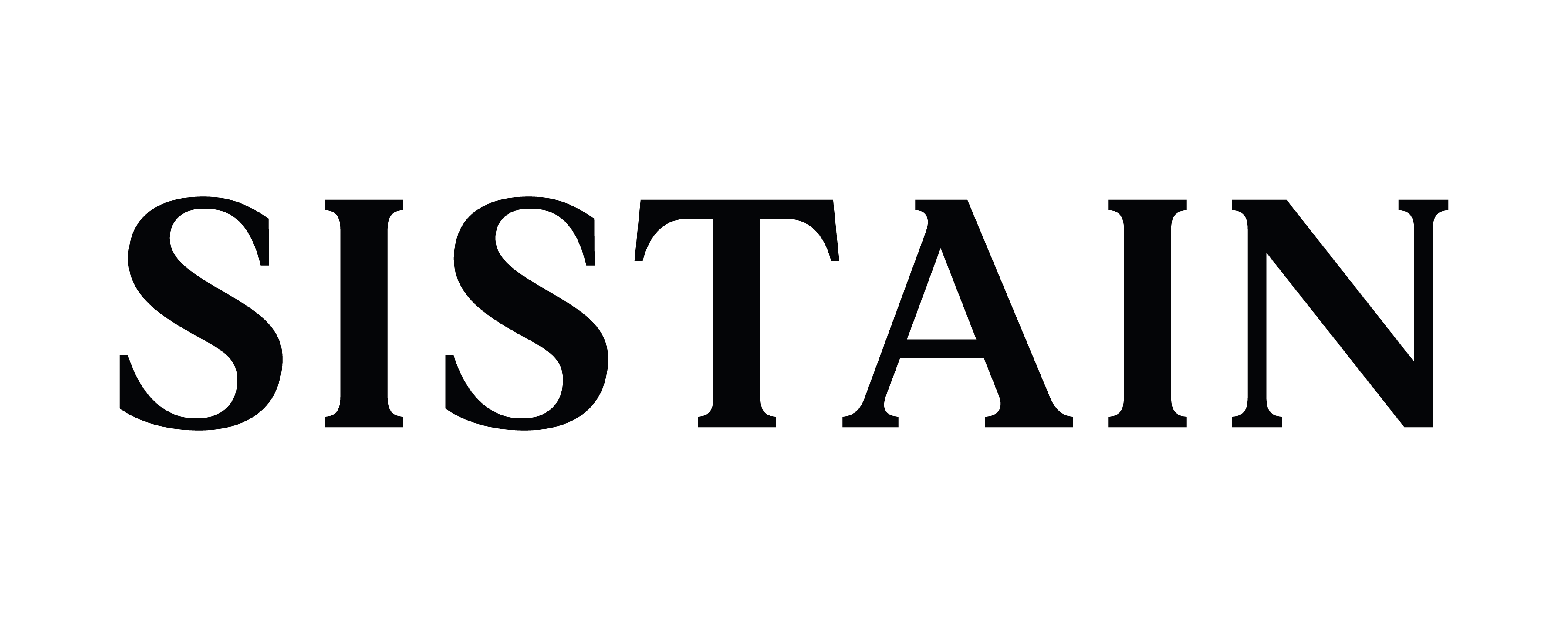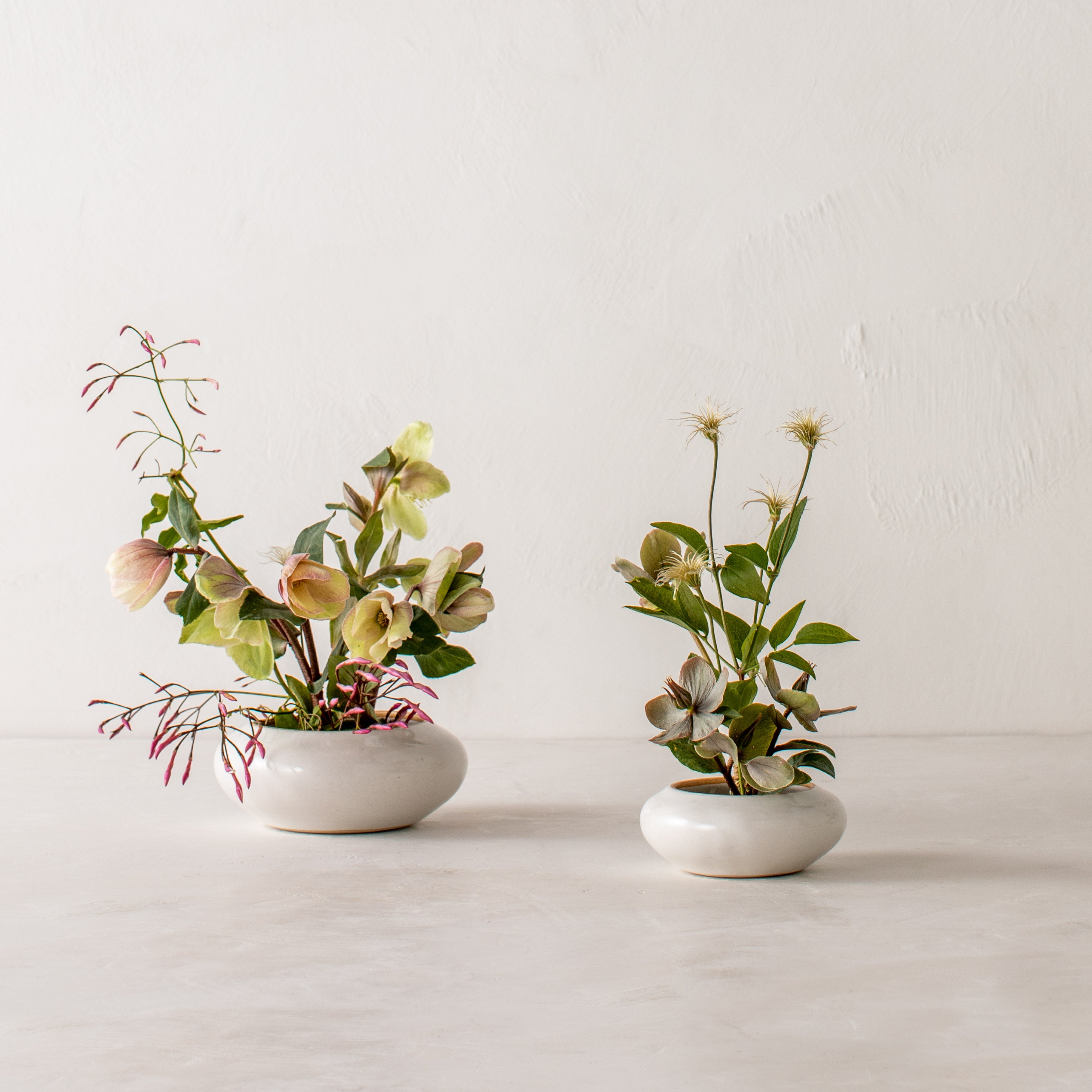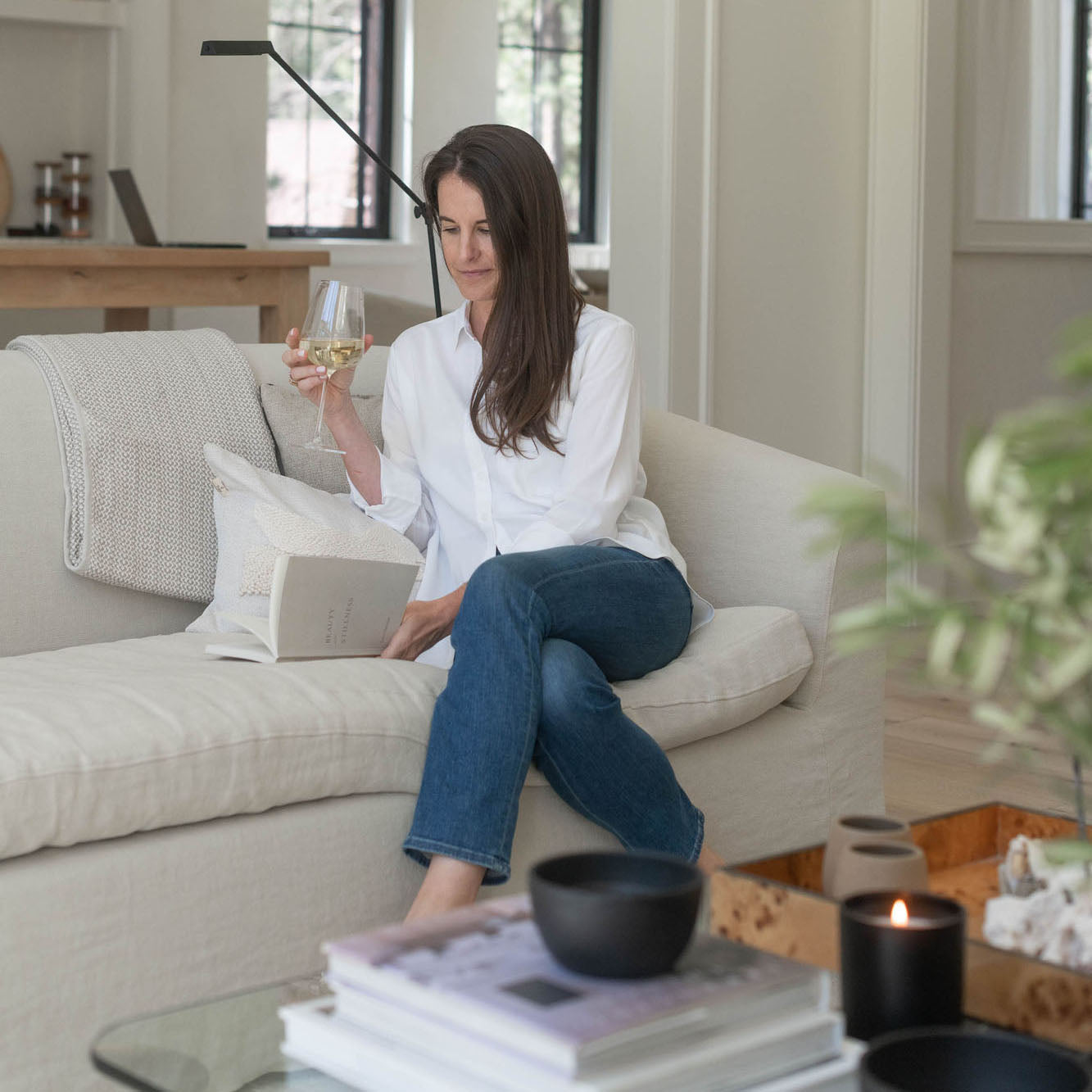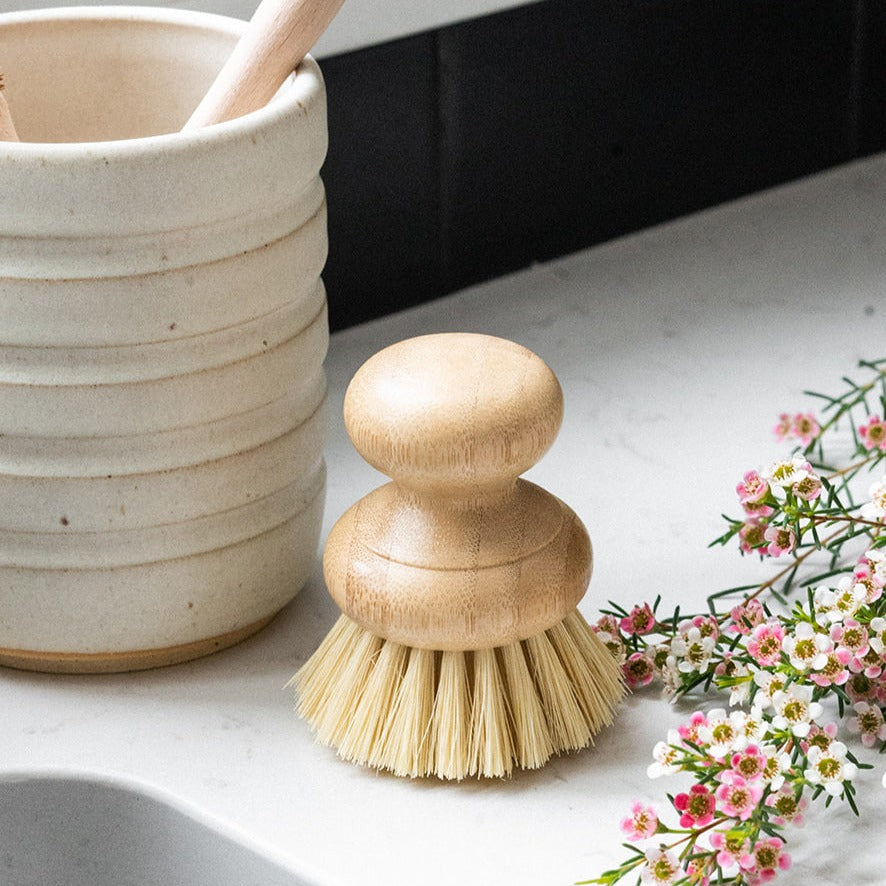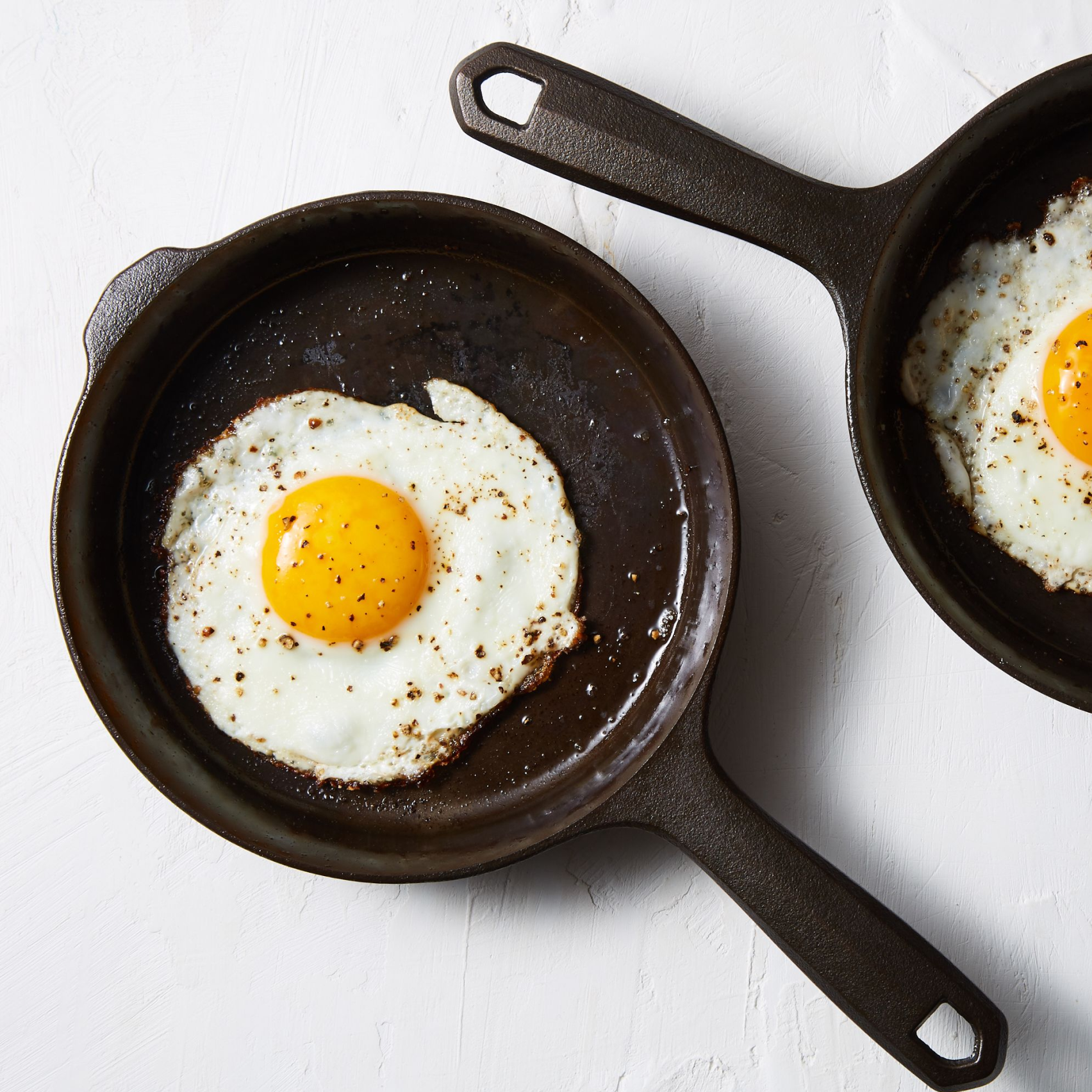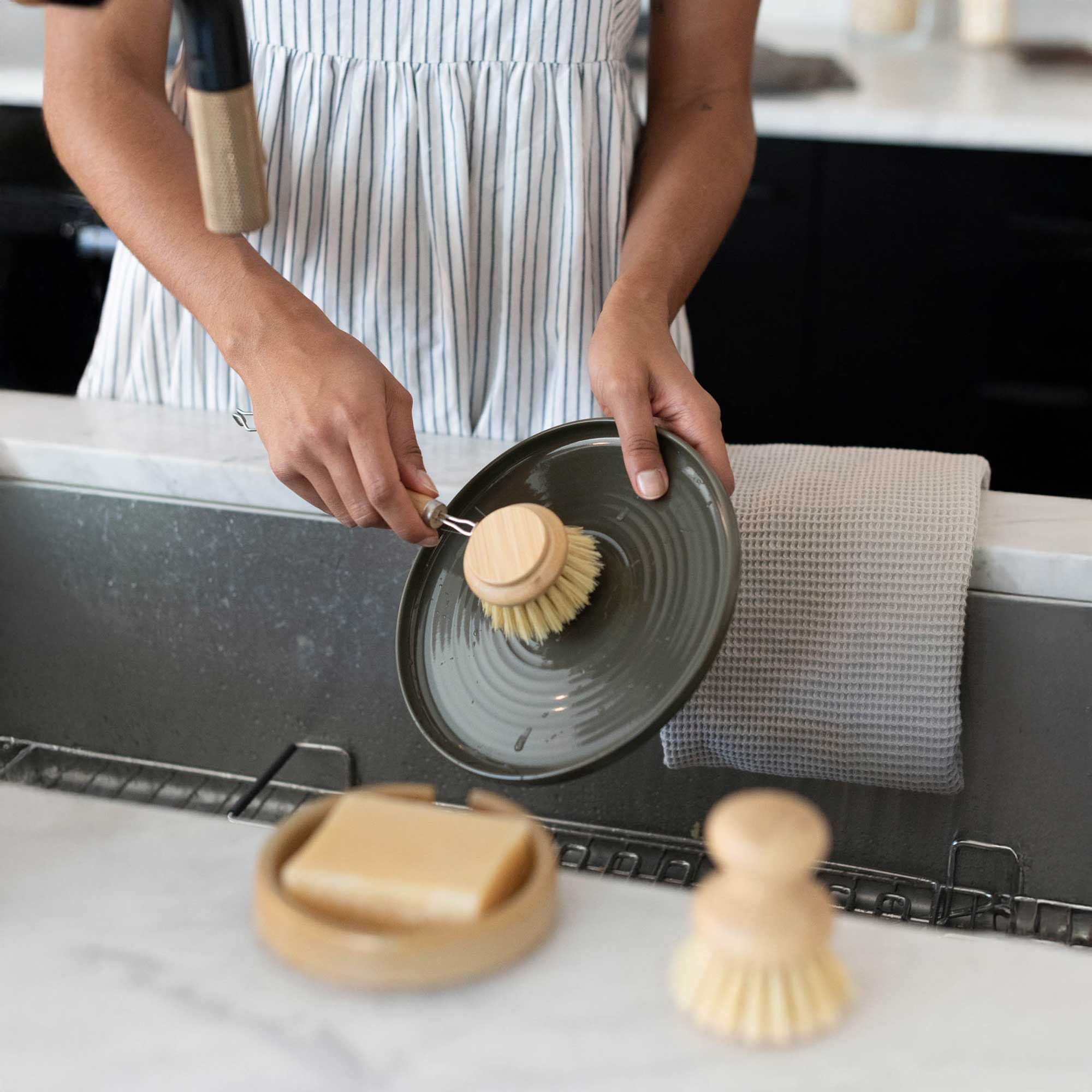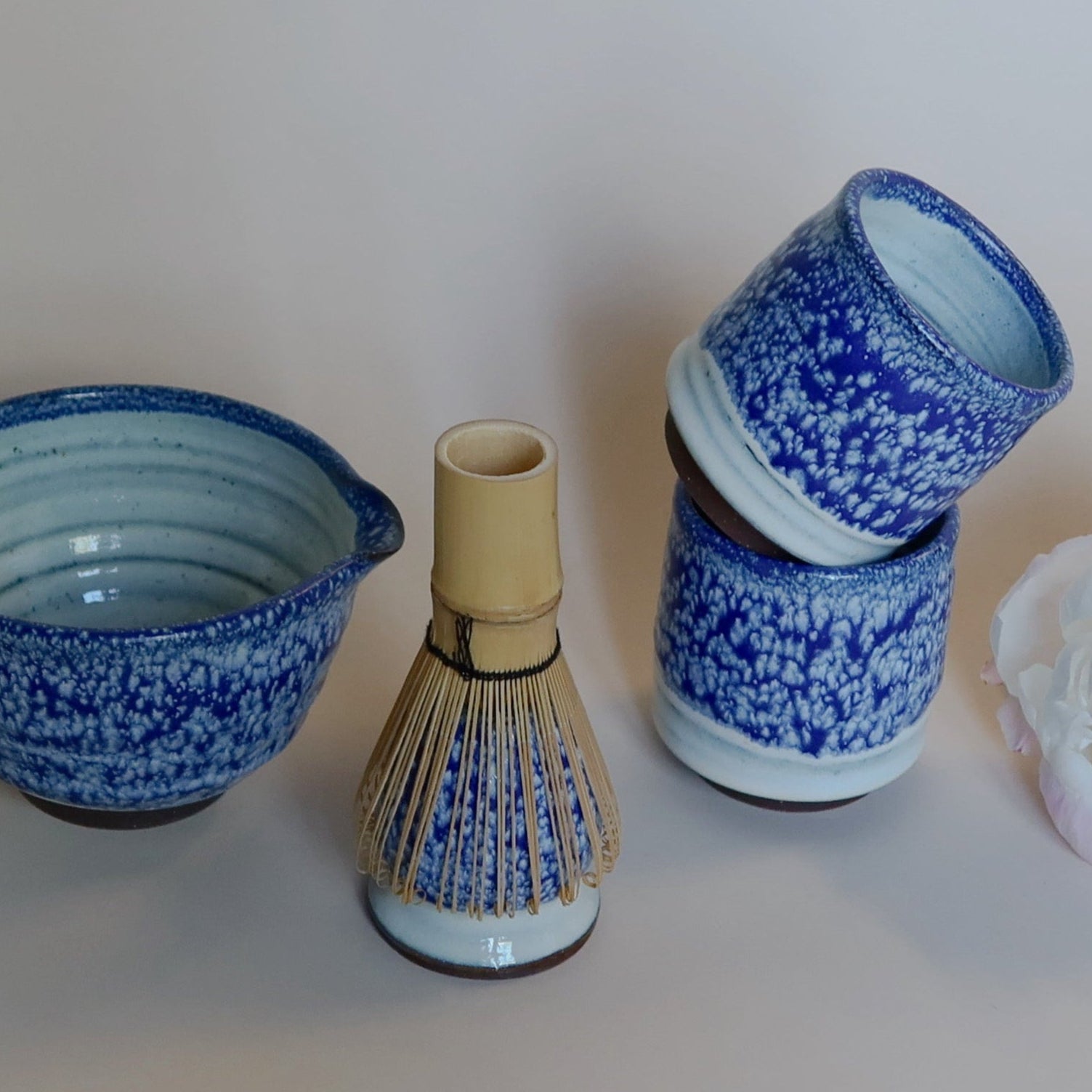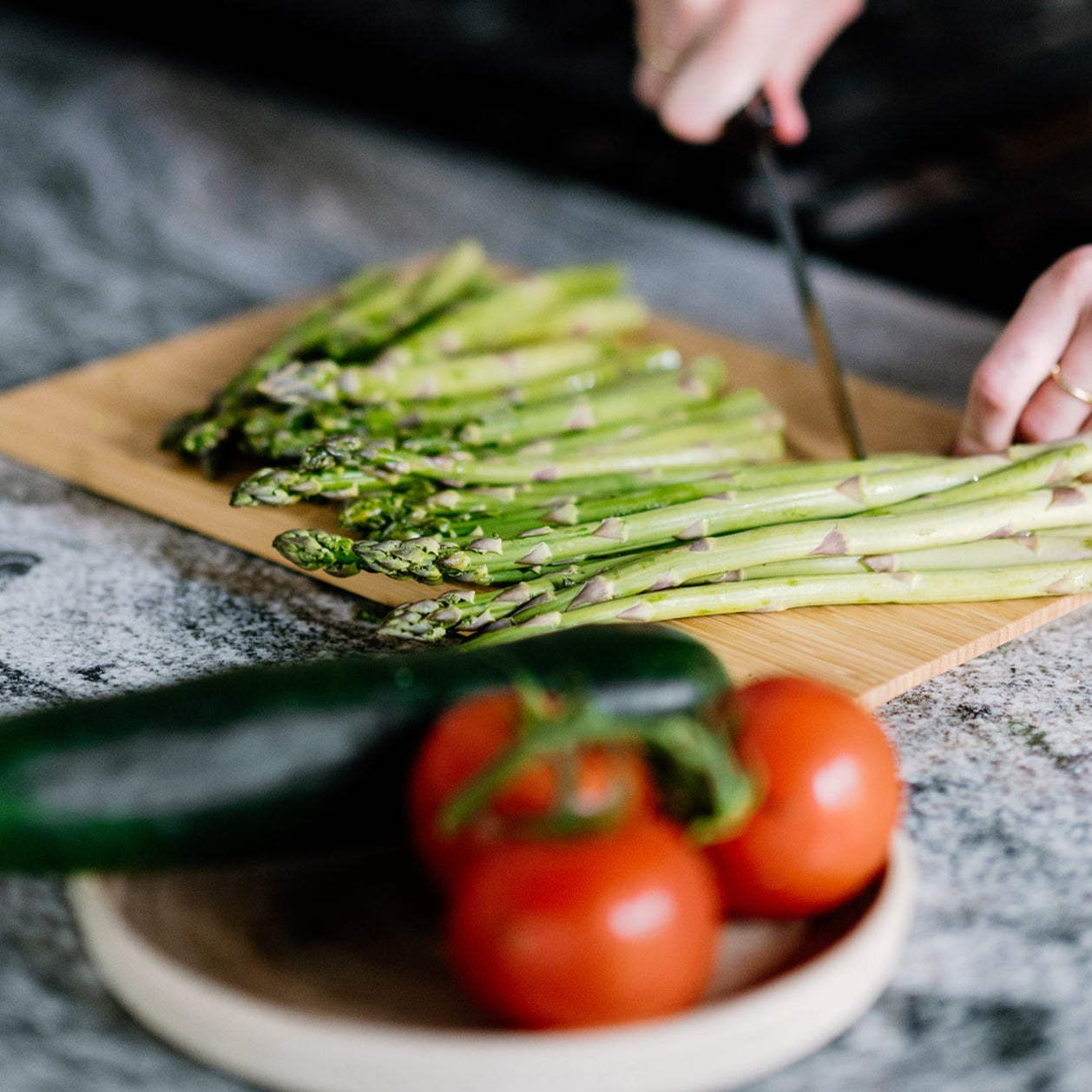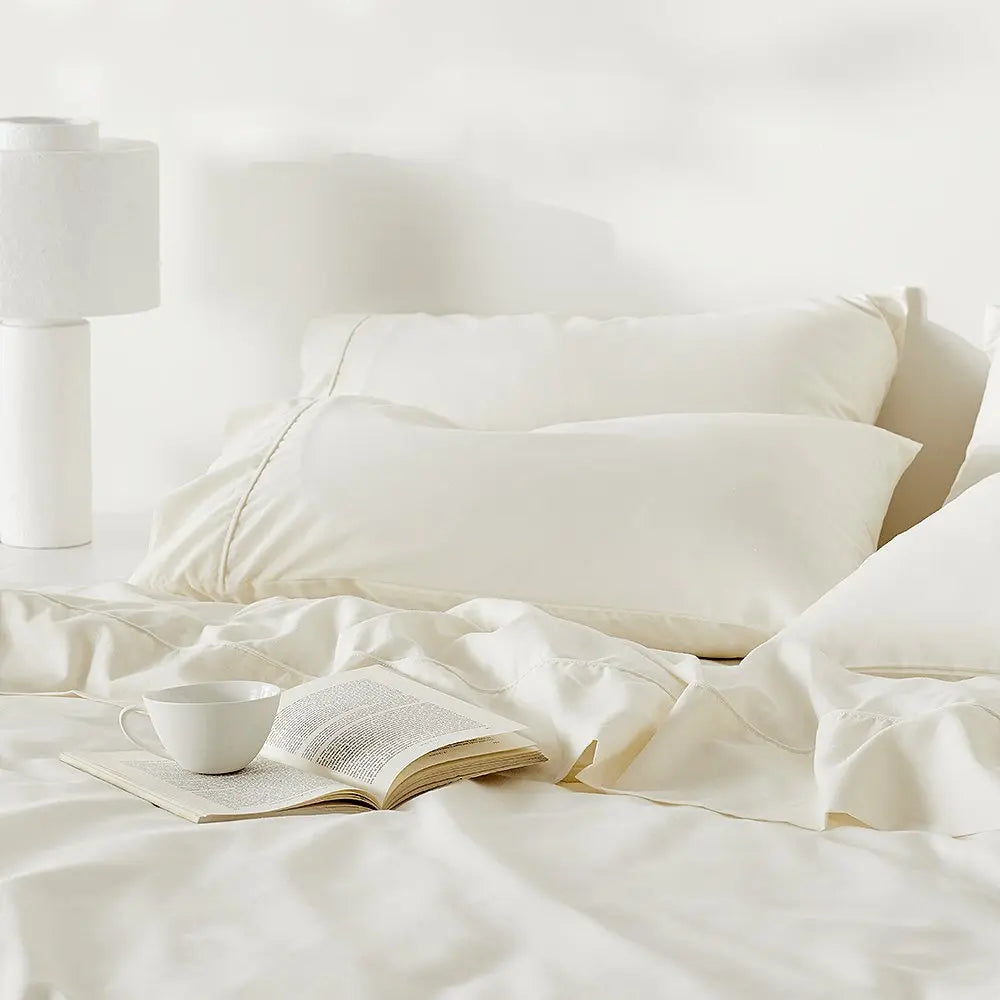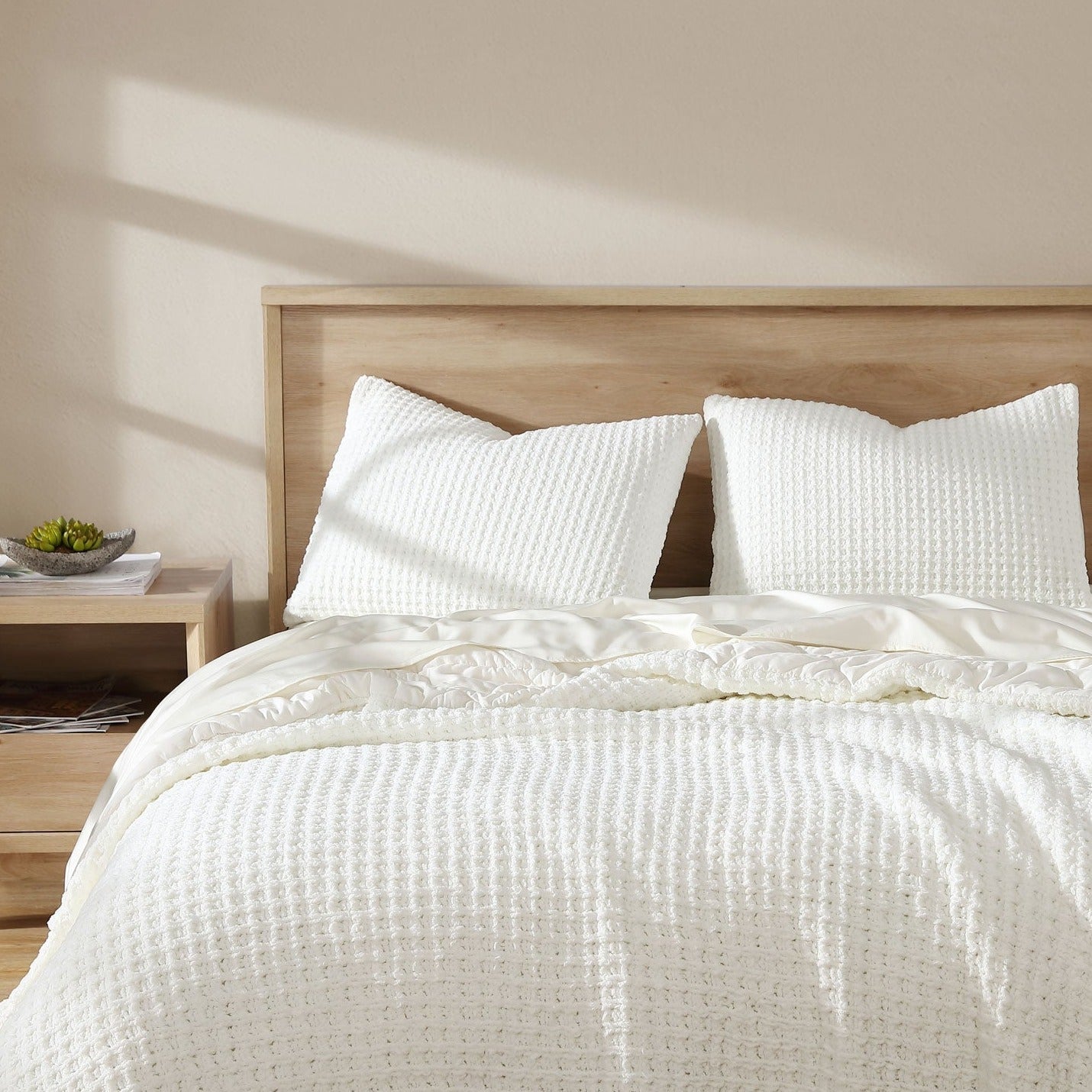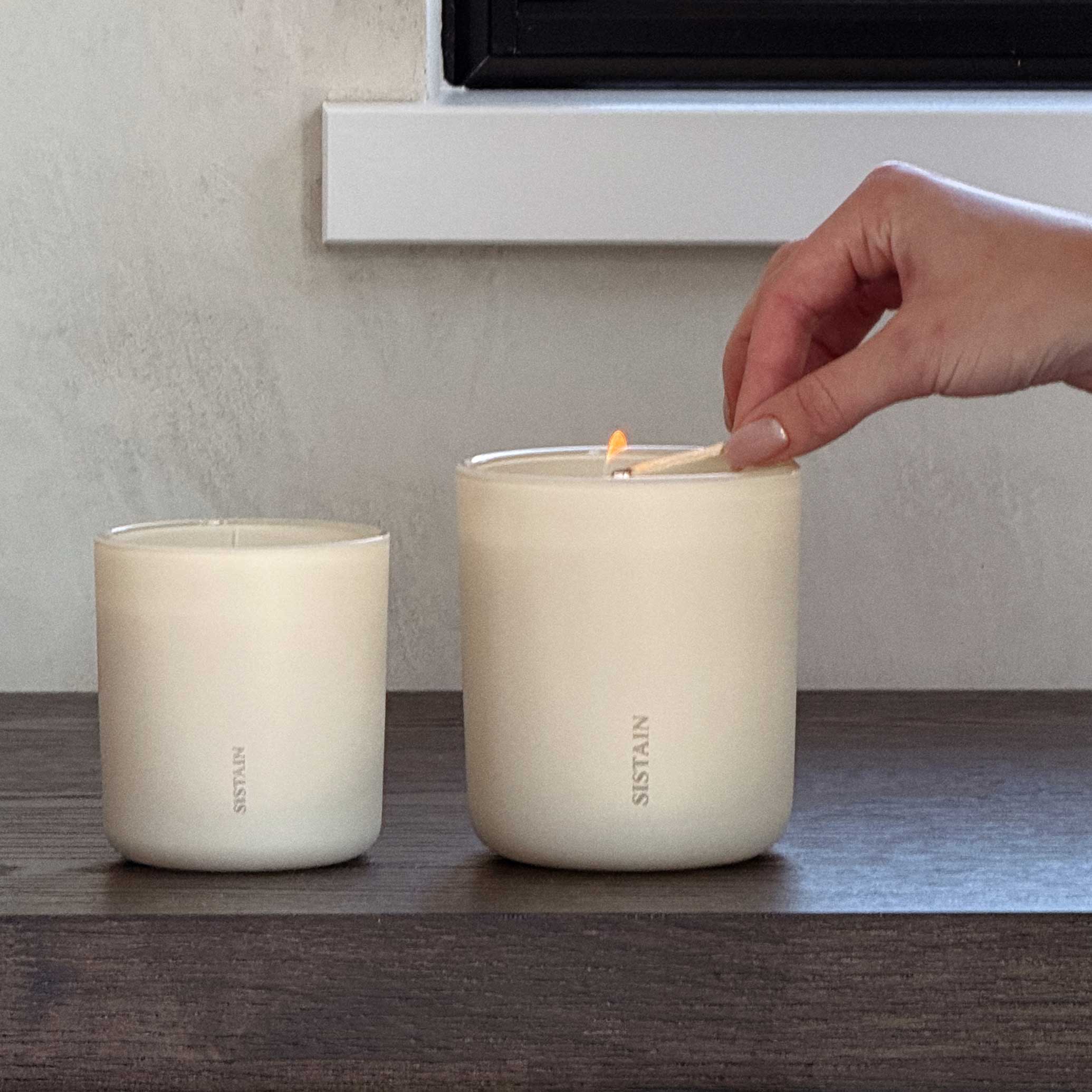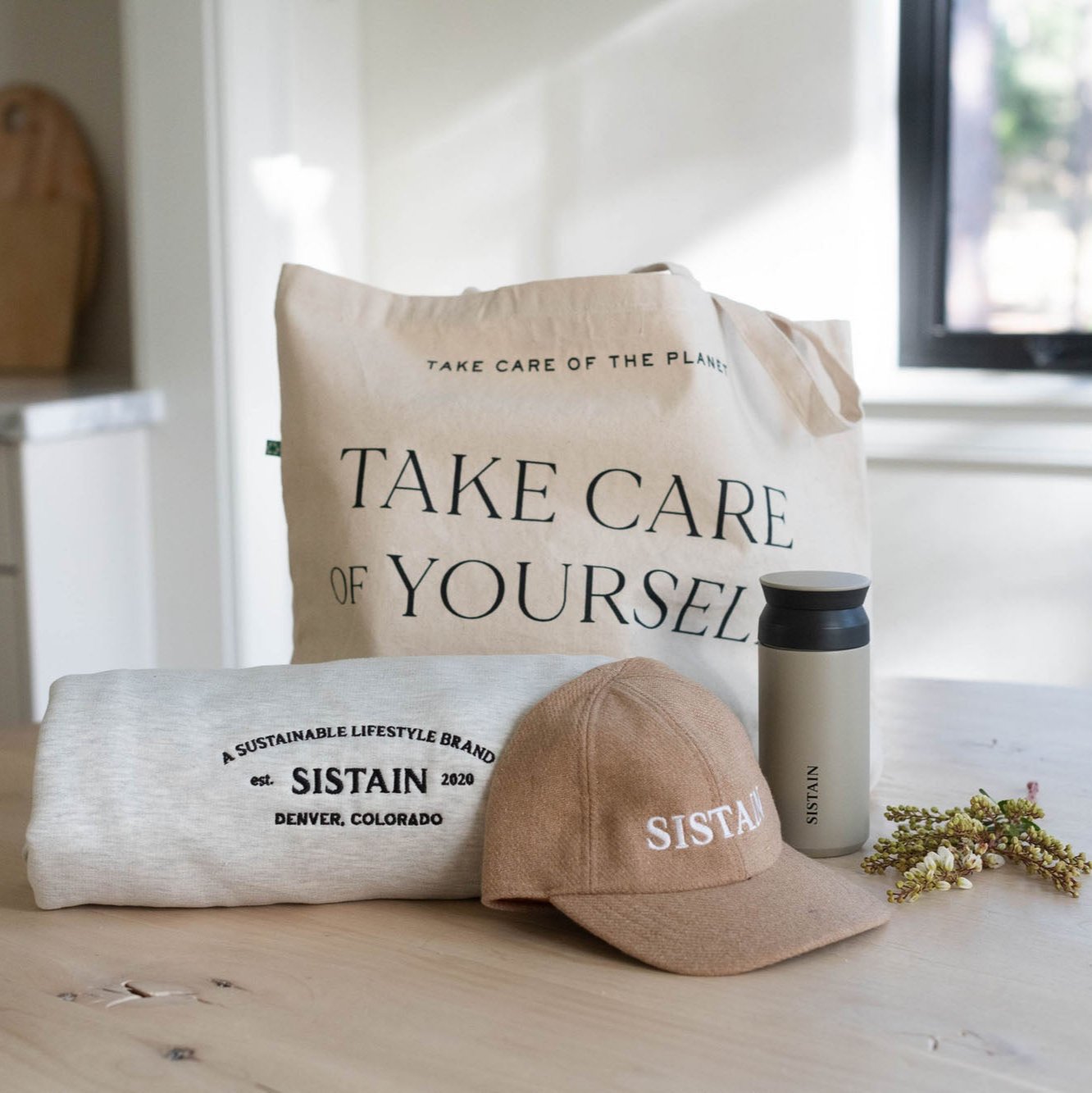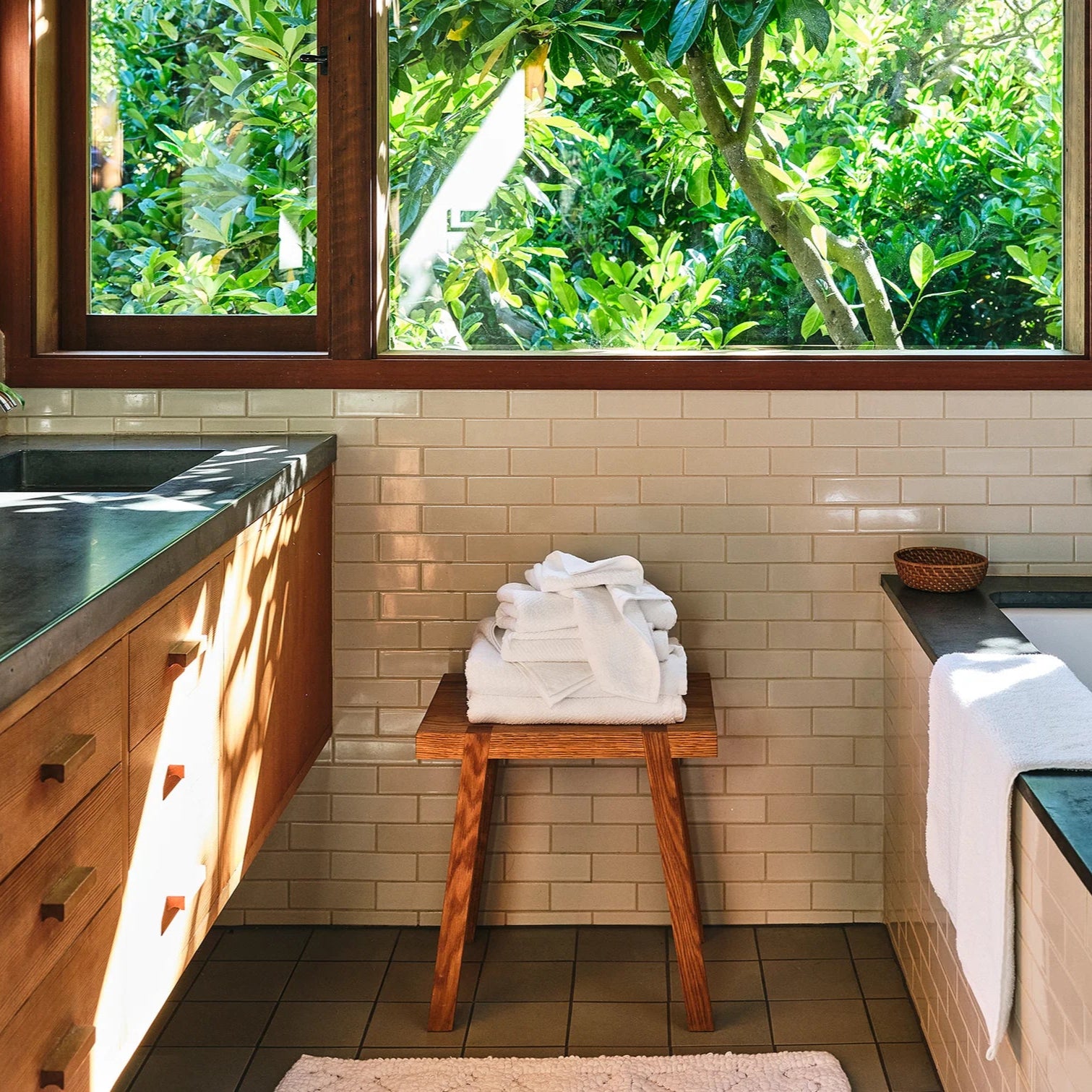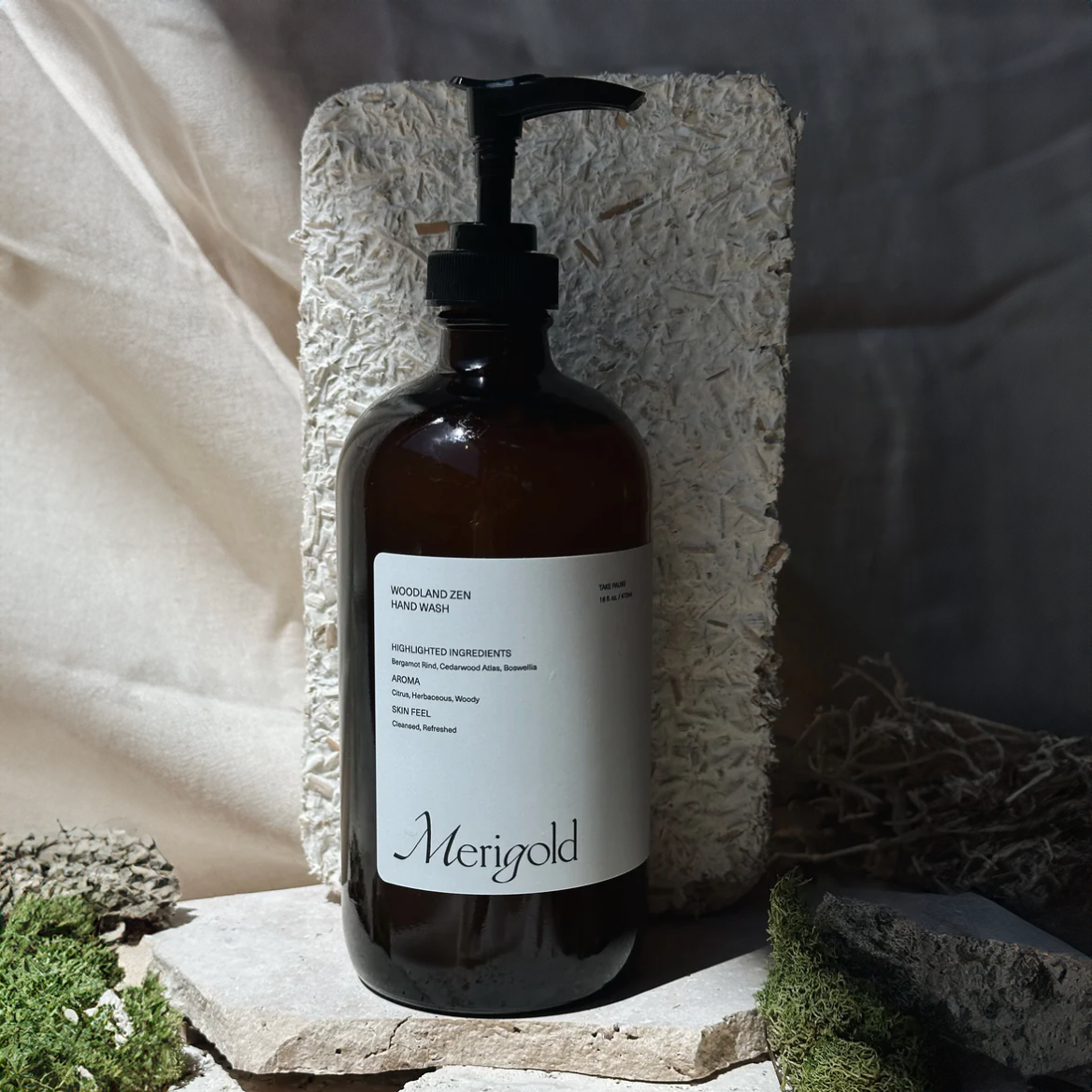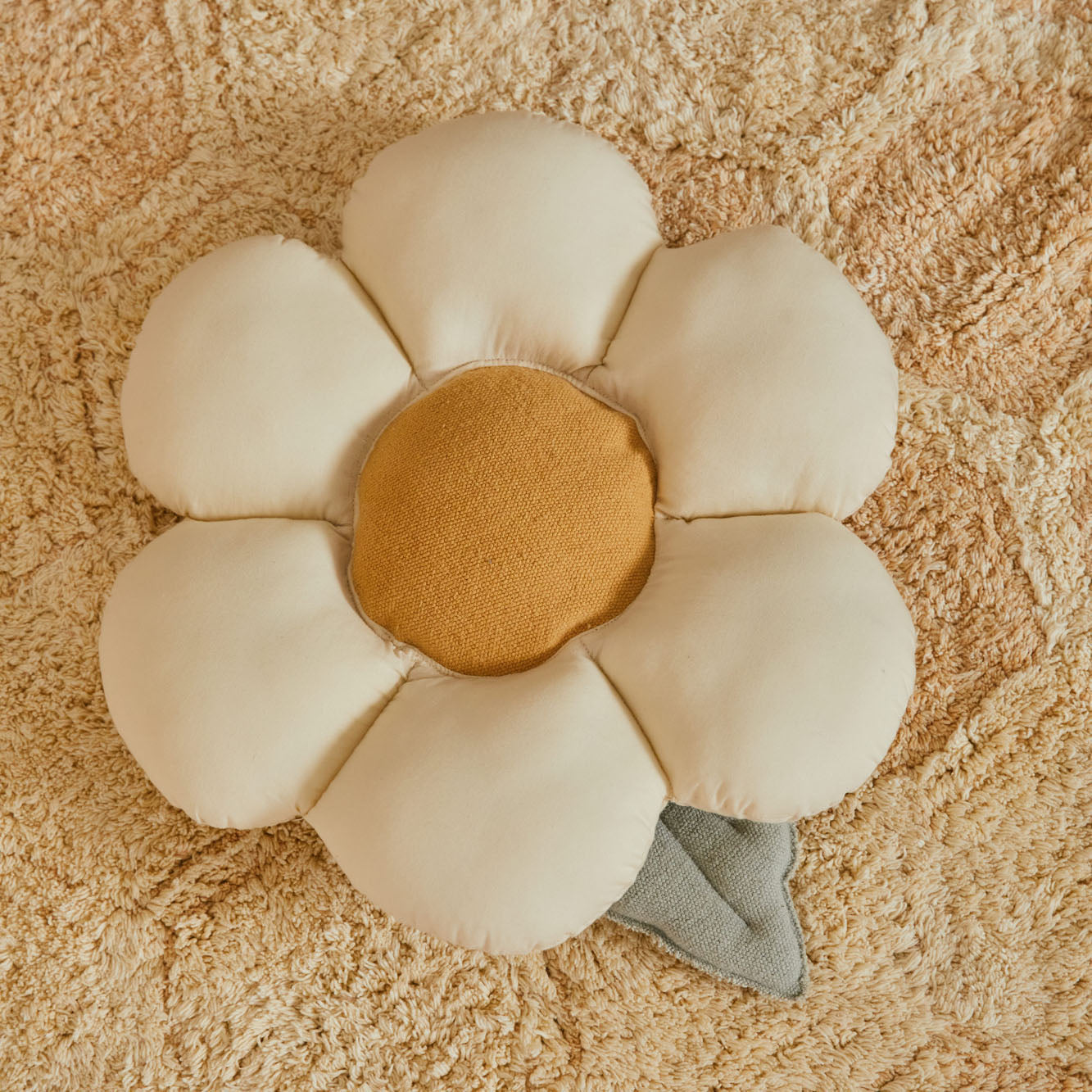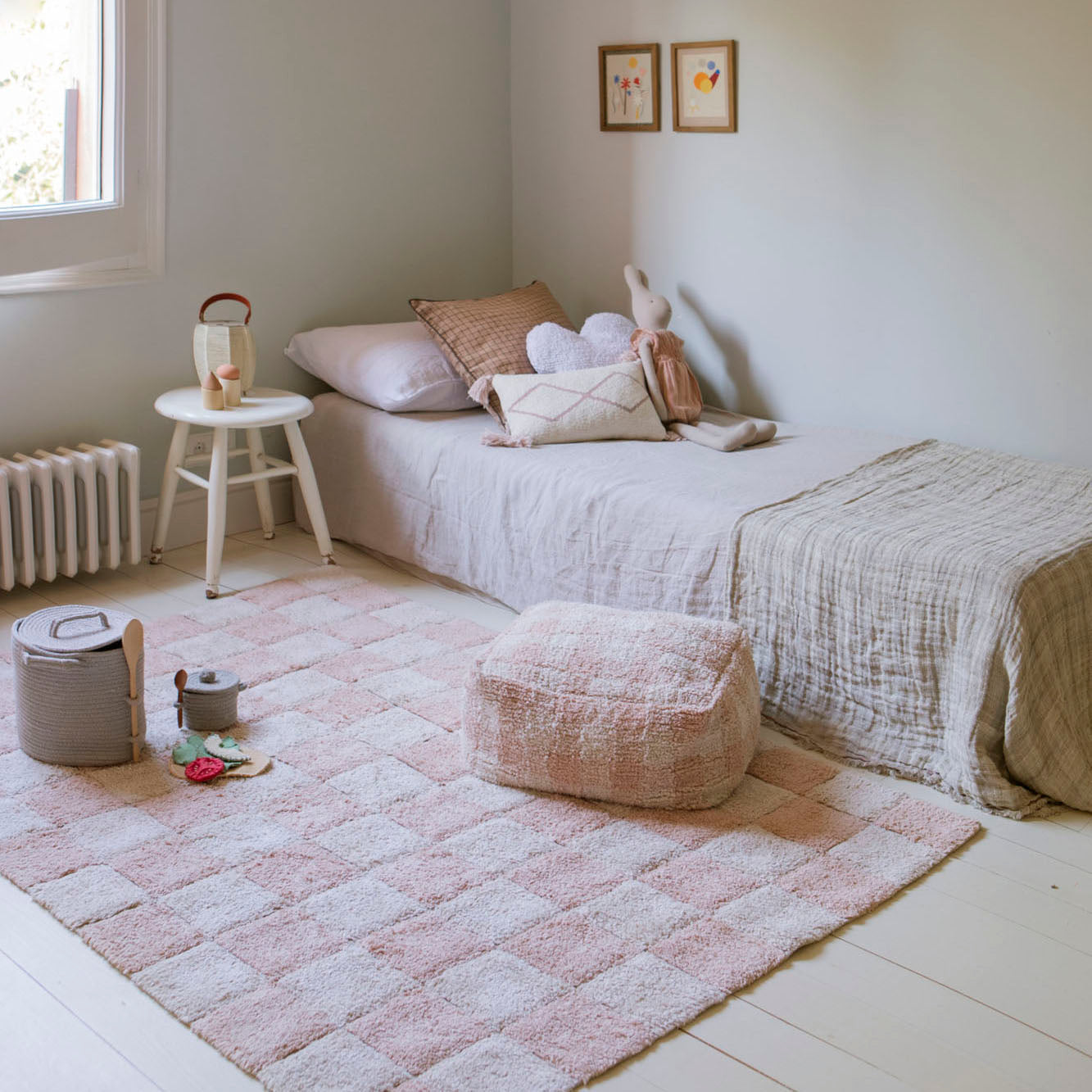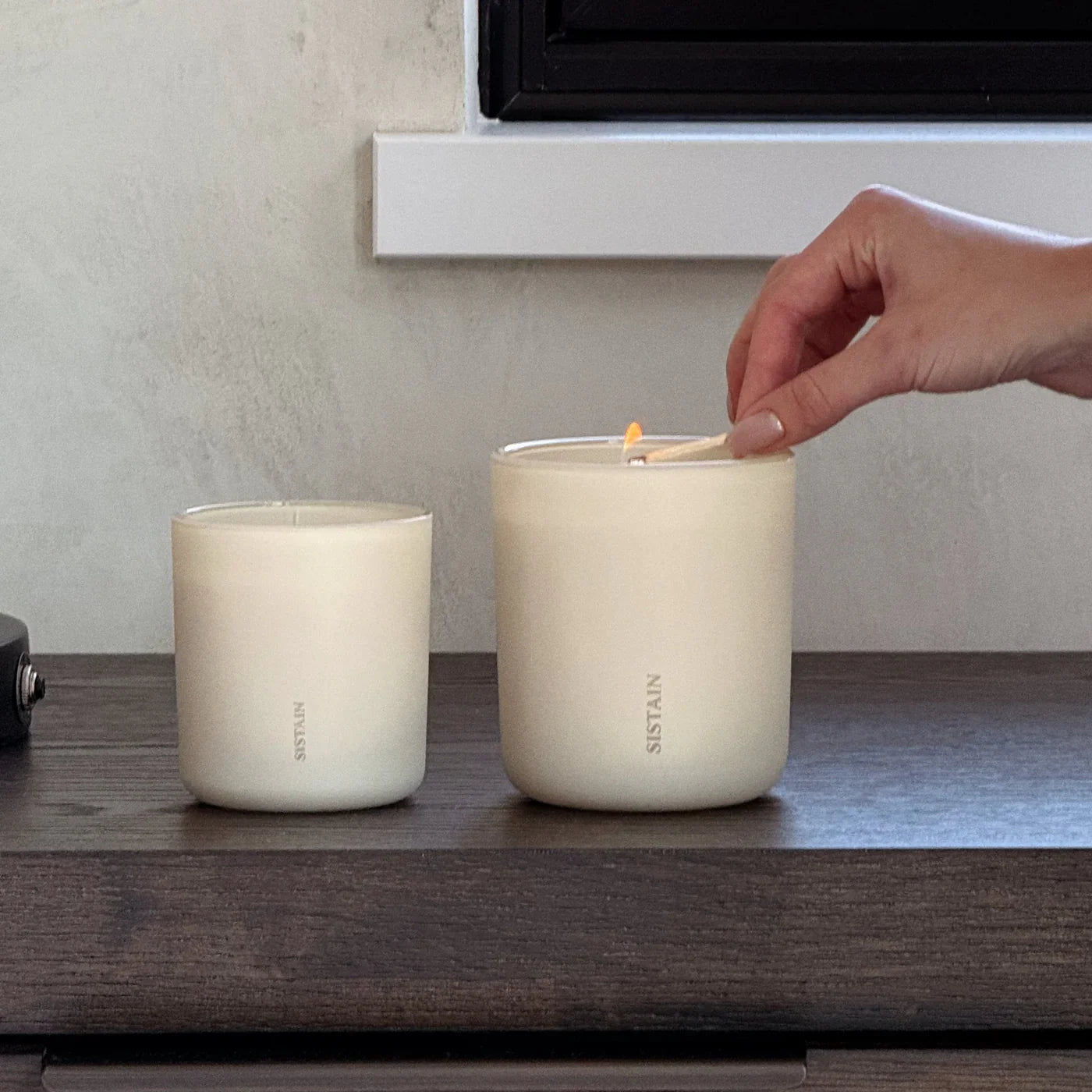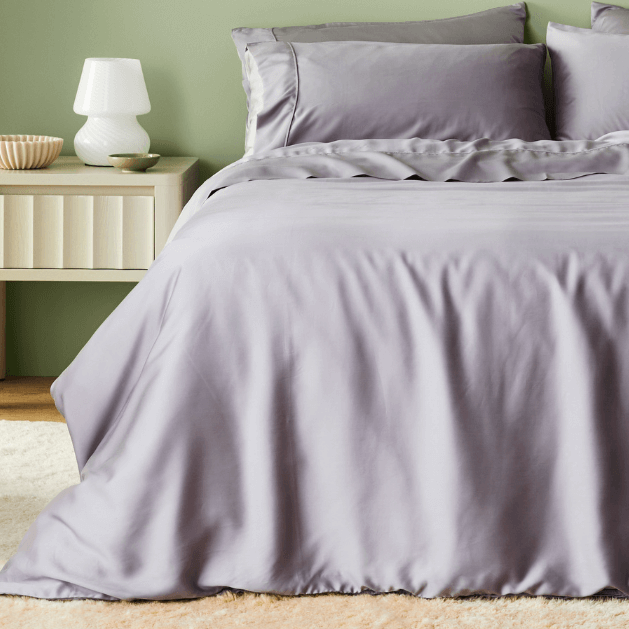Our Story
A sustainable, conscious mindset was a seed planted in my head years ago that continues to grow.
It was college when I woke up to the problems our world faced—environmental damage, broken food systems, marginalized populations. My brother, Steven George, at the time was working on living a positive eco-footprint life.
He has always been the voice in my head— stop wasting so much, don't follow the fads (i.e. no carbs, low fat at that time), eat organic, focus on the source .
Still to this day, Steven lives off the grid with his wife and their four children in a very small, two-room cabin in Minnesota.
I realized then that adults didn’t have all the answers and far from all the solutions. In college, I worked at a nonprofit and a second-hand designer resale store way before this was a super trendy thing. And I set out to change the world.
But after graduating college, I entered the world of corporate advertising and stopped thinking about anyone else but myself – including the earth .
I didn't shop at designer resale or thrift stores anymore, because I didn't have the time to sift through things. Zara, H&M, Nordstrom and Banana Republic were where I spent all of my money. I needed new clothes to feel confident and the immediate gratification of buying new clothes always made me happy—temporarily.
After years in the big ad agency world, there were a number of signs that led me to quit my job, sell many of my belongings and go on a three-month solo backpacking trip through South America: Cuba, Columbia, Argentina, Chile and Peru. While doing a 5-day trek in Patagonia – in the mountains, with the rivers, spectacular views and breathtaking sunrises – I realized, this is what I came here for. Here in nature, I am happy, present, centered and connected, mind, body, and soul. Here, I feel alive. But most importantly, nature is where my heart lives. It's what we have to protect.
When I headed back stateside, I began to implement changes in my own behavior to be a more conscious consumer, but I was always drawn toward finding ways to make a greater, collective impact bigger than what I could accomplish individually.
The idea around SISTAIN came to me when I was planning my wedding (full transparency, I am now divorced).
While creating a registry I attempted to choose high-quality products that last, but that were also made responsibly—this turned out to be so much harder than I imagined. You could see what the materials were made of and where they were imported from, but that’s it. Nothing about fair trade, ethical practices or sustainability efforts by the brand. This triggered a deep dive into all of our consumer habits and behaviors.

What did I find out?
There is an undeniable connection between consumerism and climate change.
Only 5% of plastics in 2022 were recycled in the US .
Roughly 4.9 billion tons of plastic waste produced since the 1950s hasn't been recycled or burned.
And, plastic production is expected to double over the next two decades . (5)
The amount of plastic packaging on U.S. products (not just on personal care items) has increased by over 120 times since 1960 —with almost 70 percent of that waste piling up in landfills . (6)
Globally, the packaging industry for beauty and wellness products, which primarily reflects plastic packaging, makes up nearly $25 billion in sales. (6) In 2017, the beauty industry produced 76.8 billion plastic packaging units. (8)
The beauty and wellness industry in the US is largely unregulated . The European Union has banned more than 1,300 chemicals from being used in beauty products while the US has only banned about 30. (7) There are multiple lawsuits currently being investigated around chemicals in beauty products.
THE GOOD NEWS
Behind every problem lies opportunity.
There are thousands of brands already operating with sustainable or circular methods of design, production and in their manufacturing processes. And there are new solutions and innovative ideas emerging around sustainable lifestyle, ways to reduce plastic waste in our everyday life and reduce our carbon footprint.
THE SOLUTION
At SISTAIN , our goal is to help guide our community to live a more sustainable life through conscious consumerism and to create change for the greater good—the earth and all the people inhabiting it.
We’re building an audience now by curating sustainable brands, filtering products for consumers who lead busy lives and don’t have the ability or time to do the research-intensive work it takes to make sustainable purchasing decisions. But we believe we can have the greatest impact by bringing sustainable brands to consumers in a convenient one-stop online store. We assess and promote brands deemed sustainable based on each brand’s resource and energy use, carbon emissions, impacts on water and chemical disposal; using data science and third-party tools.
MISSION / VISION / COMMITMENT / STANDARD
Advertising taught me that consumer behavior can be changed. My goal with SISTAIN is to make a greater difference by educating, activating and making sustainable consumerism not only easier, but aspirational. Sustainable products are no longer the hippie granola products you once saw, they are sexy, modern and stylish. Success to me is in the collective impact, getting a whole group of people to change their behavior by committing to choosing sustainable brands, less waste and imperfect progress.
“Success to me is in the collective impact, getting a whole group of people to change their behavior by committing to choosing sustainable brands, less waste and imperfect progress.” - Jaclyn Tracy, Founder
SISTAIN is here to simplify it all, to give you the answers, because we know that living a sustainable life can feel stressful. It’s hard and exhausting work, especially when it comes to fashion, to filter through all the false advertising, but it doesn’t have to be. In an era of misinformation and misunderstanding, we seek to bring the right, true and helpful information to light.
JOIN OUR COMMUNITY
To reduce the harmful environmental effects of consumerism, we have to move forward, together imperfectly, but collectively.

(1) Vox (2019). More than ever, our clothes are made of plastic. Just washing them can pollute the oceans.
(2) Savers (2017). Community Impact Report.
(3) McKinsey (2016). Style that’s sustainable: A new fast-fashion formula.
(4) Know the Chain (2016). Apparel and Footwear Benchmark Finding Report.
(5) Axios (2018). Scientists grapple with the world's plastic problem.
(6) National Geographic (2019). The beauty industry generates a lot of plastic waste. Can it change?
(7) Vox (2018). The “natural” beauty industry is on the rise because we’re scared of chemicals
(8) Euromonitor (2018). The Beauty Industry Has a Plastics Problem
ABOUT THE AUTHOR
Jaclyn Tracy is the founder of SISTAIN. Her goal is to make a greater difference by educating, activating and making sustainable consumerism not only easier, but aspirational. She believes success is in the collective impact, getting a whole group of people to change their behavior by committing to choosing sustainable brands, less waste and imperfect progress.
